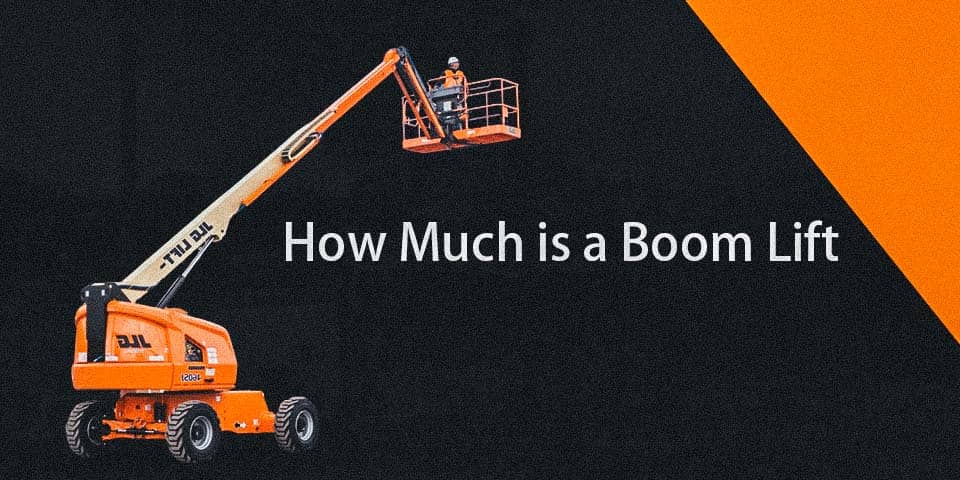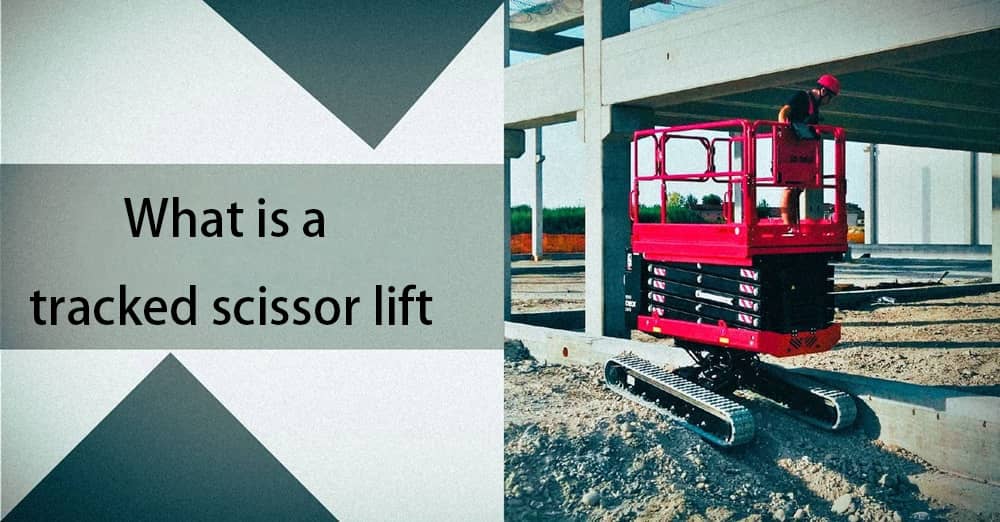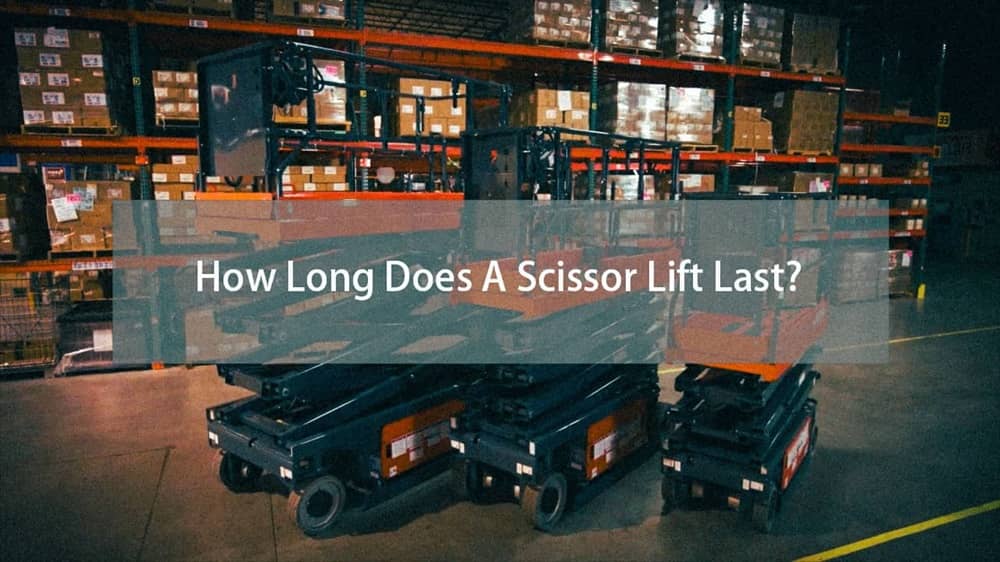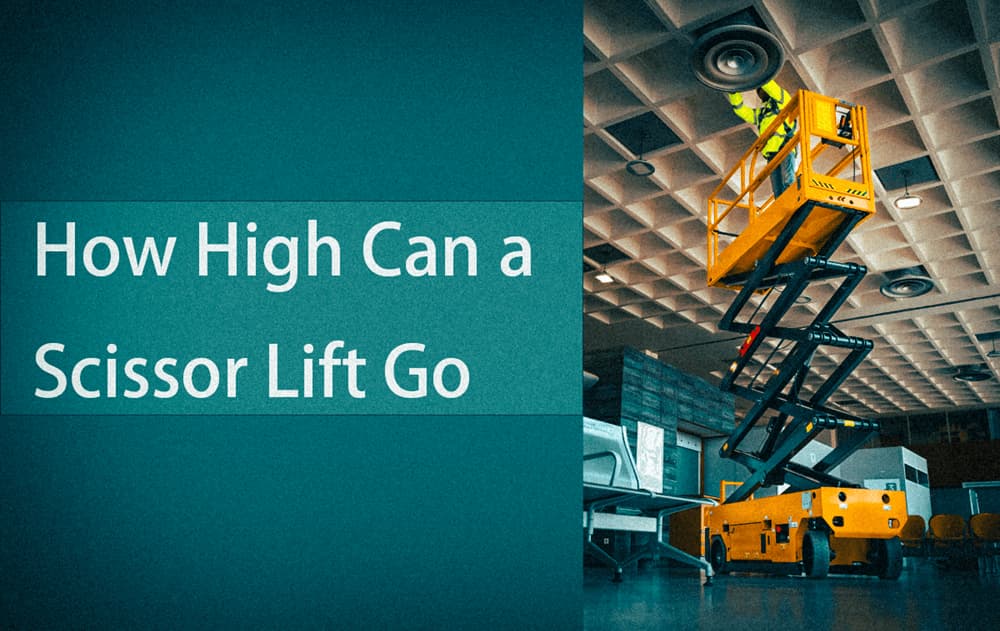Picture a world in which boom lifts did not exist – half-built skyscrapers, wind turbines standing still, and billboards with advertising that remains unseen, suspended high above the ground forever. From building sites to maintaining projects, working at height will never be the same again.
Not all boom lifts are created equal, nor do they serve the same purposes. There is quite a vast variety of them available in the market, each designed for a particular job. Price disparities are as wide as the types of lifts available. When you are shopping for a boom lift, your very first query would most likely be, “How much does a boom lift cost?” This Holdwell blog tries to discuss boom lift costs in detail, explaining the different factors that contribute to pricing.
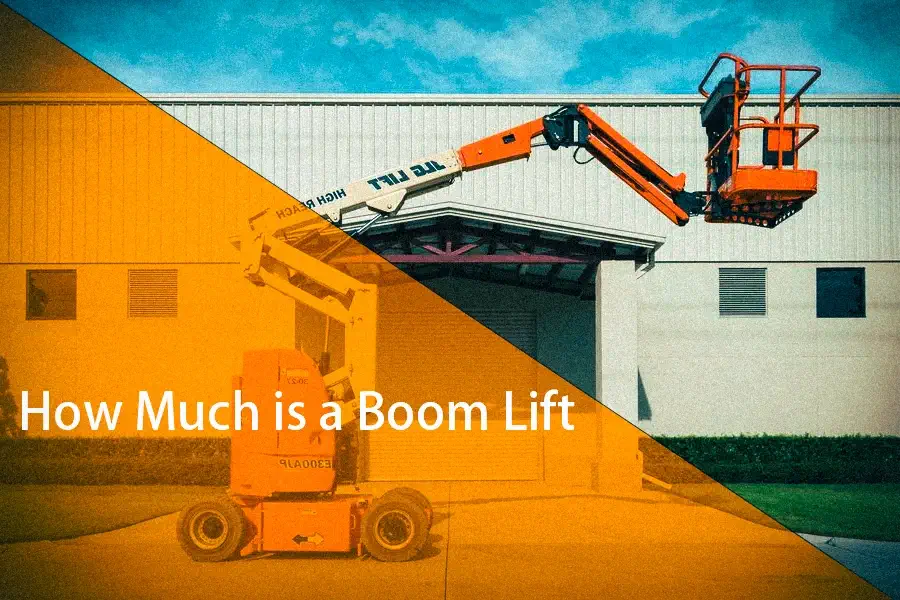
Factors Affecting Boom Lift Costs
When it comes to determining the cost of a boom lift, several key factors come into play. Understanding these elements will help you make an informed decision and potentially save money in the long run.
Type of Boom Lift
Articulating vs. Telescopic:
Articulating boom lifts: Have several joints, and therefore are much more maneuverable. Good at getting around obstacles but generally more expensive because of their greater complexity.
– Telescopic boom lifts: Able to provide greater height and reach, these lifts extend in a straight line. Commonly cheaper than articulating lifts, specialized versions may lack the latter’s versatility in confined spaces.
New Lifts vs. Used Lifts
In the case above, the choice between new and used equipment can have a significant impact on the budget:
New Boom Lifts:
– Pros: Latest technology, full warranty, longer lifespan
– Cons: Higher upfront cost
– Cons New Lifts:
– High initial costs
Rewritten text:-
Used Boom Lifts:
– Pros: Lower initial investment, potentially good value for money
– Cons: Possible hidden issues, shorter remaining lifespan, and limited or no warranty
Price Difference: Generally, used boom lifts can go for 30-50% less than new ones of the same model; however, the exact difference varies with age, condition, and model of the lift.
Rental vs. Purchase
The decision on whether to rent or buy one depends on the following factors:
– Frequency of use
– Storage facility after the project
– Maintenance capability
– Long-term cost analysis required by finance
Estimated Rental Costs:
– Daily: $250 – $400
– Weekly: $1,000 – $1,500
– Monthly: $3,000 – $4,500
Note: Depending on the lift type, size, and location, the prices may vary. Urban areas and high-demand regions usually command higher rentals.
Height and Reach
Most directly, the pricing of a scissor lift comes from its lift capacity and platform height:
– Higher reach = Higher cost
– Greater lift capacity = Higher cost
For example, a 30-foot boom lift will be much cheaper than its 120-foot counterpart.
Features and Options
Factors that can affect the price of the machine are as follows:
– Outriggers for added stability
– Integral generators for power tools
– All-terrain tires for rough surfaces
– Specialized attachments for specific tasks
Every single added factor raises the price, but at the same time can enhance productivity as well as versatility.
Brand and Manufacturer
Major manufacturers of boom lifts are:
– JLG
– Genie
– Skyjack
– Haulotte
– Snorkel
Well-respected brands that have been long established usually command higher prices because of their reputations for quality and dependability and the better resale value of their equipment. In addition, they typically have larger dealer and service networks. Less-known brands may have competitive pricing and features, and these reasons, among others, make them viable options for budget-sensitive buyers.
Considering all aspects properly will let you select the most cost-effective boom lift solution within your requirements and budget.
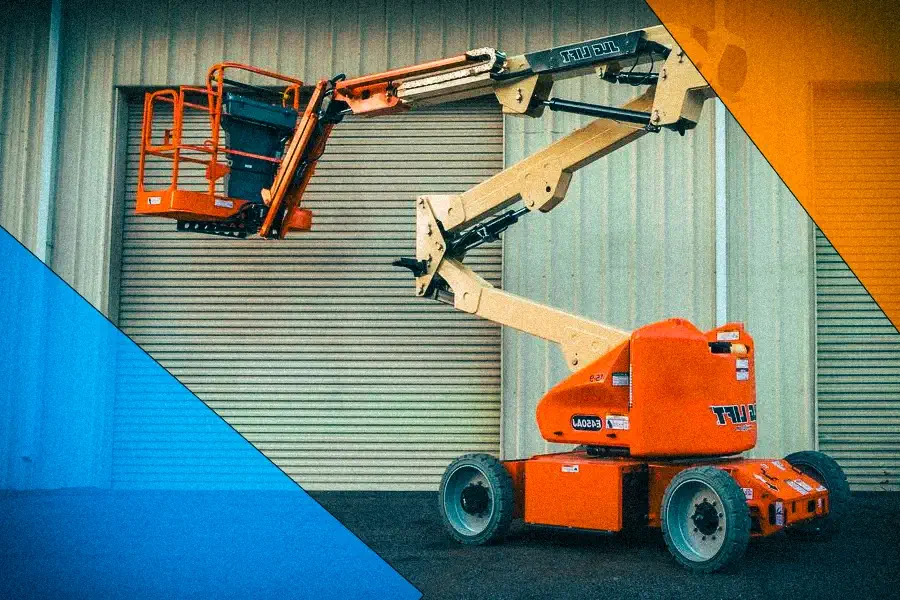
Hidden Costs to Consider
When budgeting a boom lift, it’s crucial to consider the costs beyond the buying or rental expense. Here are some of the possible hidden costs, which can make the total cost of ownership of such a machine quite high:
Maintenance and Repairs
Regular upkeep is supposed to maintain the lift in a good state of operation and safety:
– Scheduled inspections and servicing: After every 3 to 6 months
– Replacement parts: This may include hydraulic components, batteries, and tires, and may be quite expensive
– Emergency repairs: An unexpected breakdown of the machine could result in heavy expenditure as well as downtime
The annual cost of maintenance can be anywhere between 1-3% of the total purchase price of the machine.
Insurance
Appropriate insurance coverage is mandatory when using boom lifts:
– Liability insurance: To cover all possible accidents or property damage
– Equipment insurance: Covers the cost of loss, theft, or any damage to the boom lift equipment
Insurance costs usually depend on lift type, usage, and location but can vary between $500 and $5,000 per year.
Transportation
Move equipment from one job site to another, or for a customer’s delivery/pick-up, and it may involve some serious costs:
– Rental delivery charge: As per the norm, this is usually charged on a per-mile basis and can range from $100 to $500, depending on the miles
– Specialized trailer or truck: For the larger models
– Permits: In some local areas, extra permits are required for oversized loads
Operator Training
Properly trained operators ensure safety and higher efficiency:
– Training courses in compliance with OSHA: Between $150 and $500 per person
– Refresher courses: Annual or bi-annual frequency
– In-house training programs: Materials and instructor time
Tips to Minimize Boom Lift Costs
The following strategies can help you optimize your boom lift expenses:
Use Renting Services
If you do not use a boom lift very frequently, compiling it is generally much cheaper because:
– Large upfront expenditure is avoided
– There is no storage and long-term maintenance cost
– Different models can be accessed when needed
Consider purchasing this option only if usage of the lift exceeds 60-70% of the time.
Negotiate Rates
Negotiate without mercy, especially on long-term rentals:
– Ask for discounts on extended periods of hire
– Inquire whether package deals come into the equation for multiple pieces
– Off-season rentals should be in the cards as well
Proper Maintenance
Scheduled maintenance can clearly avert expensive breakdowns and lengthen life:
– Adhere to the manufacturer’s maintenance schedules
– Give training to operators on the daily inspection procedures
The tone and style of the AI-generated text are retained in the paraphrased text:
Deal with minor issues right away to ward off major problems
Compare Quotes
Always get a few quotes before making a decision:
– Compare the prices of a few suppliers or rental companies
– Price Of course, look beyond the base price and consider included services and support
– Check reviews and reputations of the ones you shortlist
Consider Used Options
If budget is a major constraint, check out certified pre-owned lifts:
– The price at which they are available as new machines come at about half the price
– Look for machines that come with detailed maintenance records
Consider extended warranty options for added peace of mind
By paying attention to these hidden costs and adopting these cost-saving strategies, you can bring down the overall cost that you attach with the operation of boom lifts. Because the cheapest option is not always the lowest-cost one in the long term when you make your decision, take into account factors such as reliability, support, and total cost of ownership.
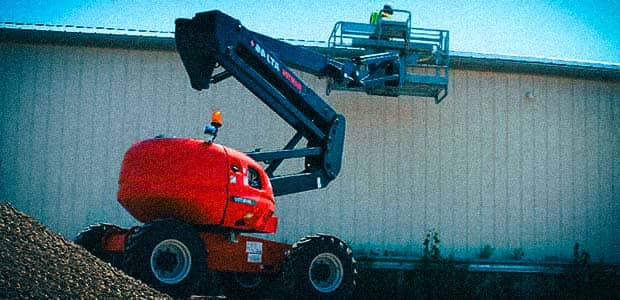
- Boom lift costs vary widely based on factors like type, size, and new vs. used.
- Prices range from 25,000to25,000to 150,000+ for new models, with rental rates from 250to250to 1500+ per day.
- Key factors affecting cost include lift type, height/reach, capacity, power source, and additional features.
- Hidden costs to consider include maintenance, insurance, transportation, and operator training.
- Cost-saving tips include renting when possible, negotiating rates, proper maintenance, comparing quotes, and considering used options.
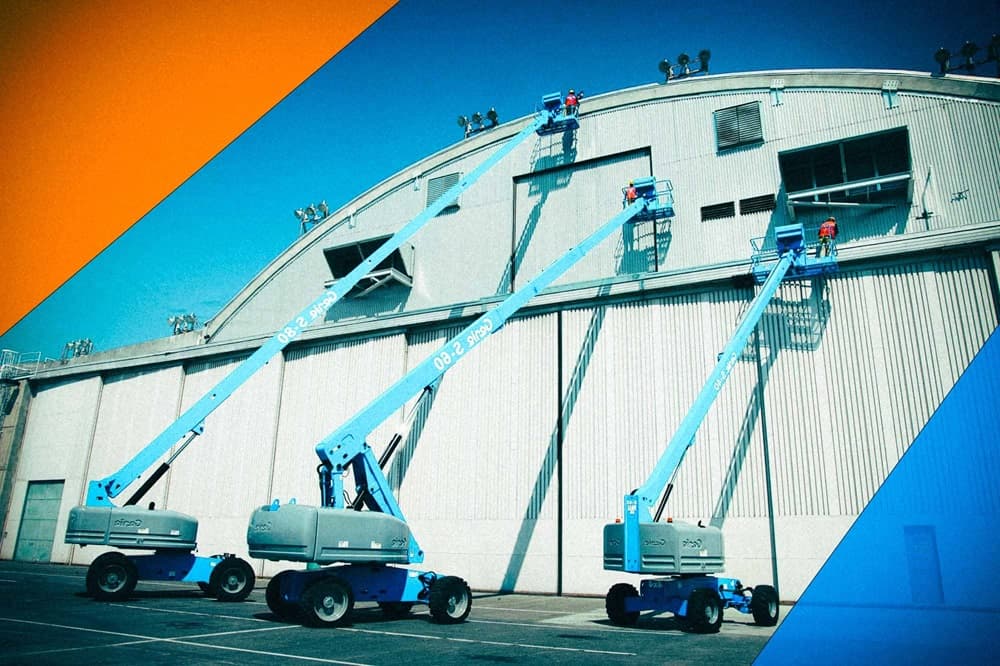
At Holdwell, we know how confusing and expensive it can be to try to get around all of those boom lifts. For that reason, we focus on delivering used lifts include used articulating boom lifts and used telescopic boom lifts of the highest quality that will serve your needs and not be too hard on your budget. Our product line consists of all types and sizes of boom lifts, thoroughly checked and maintained to ensure that they will be reliable and safe.
We have a team of professionals who can help you find the best solution for your project, whether through buy new or used lifts. They will guide you through the selection, explain the expenses related to it, and support your well-considered decision.
Don’t let the prices of new gear hold your project back. Visit our website to check out our current inventory of used boom lifts, or contact us now for personalized advice and competitive quotes. Let us help you lift your project while keeping your costs grounded!
